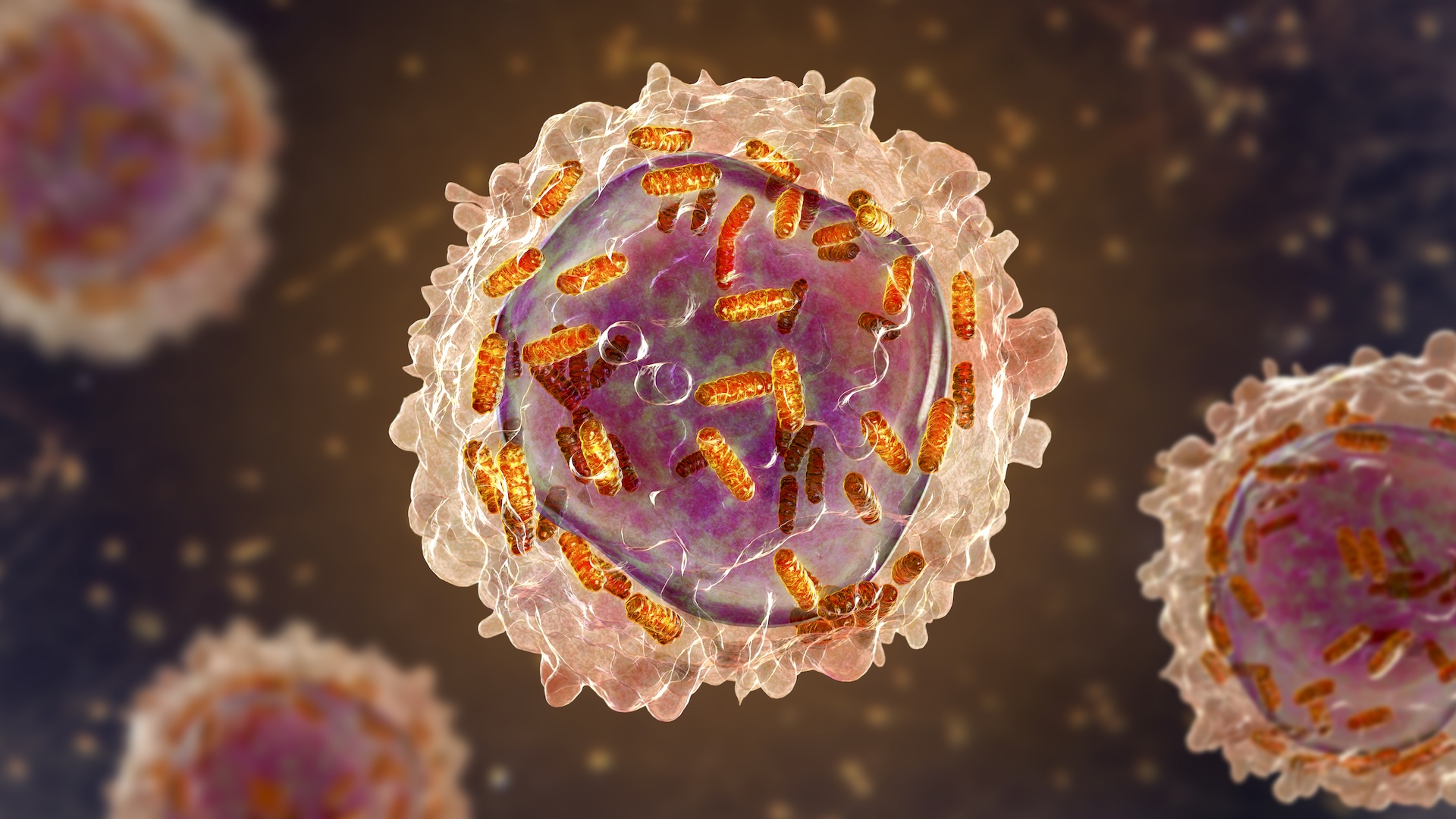UK coronavirus variant not more deadly, just spreads more easily, studies find
Two new studies find that the U.K. variant does not appear to cause more severe illness or death.

The coronavirus variant first detected in the U.K. does not appear to cause more severe illness or death, or to increase the risk of "long COVID," compared with other strains, according to two new studies.
The findings contradict some early research from U.K. health officials that suggested the variant was more deadly.
However, the studies still found that the variant, called B.1.1.7, is more transmissible than the original strain, which agrees with previous research.
"Reassuringly, our findings suggest that, despite being more easily spread, the variant does not alter the type or duration of symptoms experienced, and we believe current vaccines and public health measures are likely to remain effective against it," Mark Graham, a research fellow at King's College London and co-lead author of one of the studies, said in a statement.
Related: 14 coronavirus myths busted by science
B.1.1.7 first emerged in the U.K. in September 2020 and has since spread around the world. (It is now the dominant variant in the United States, according to The New York Times.) Many studies found that the variant was more transmissible; and in January, U.K. officials said there was some early evidence that the variant was also more deadly, Live Science previously reported. However, at that time, officials stressed that their data was limited and still uncertain.
In Graham's new study, published Monday (April 12) in journal The Lancet Public Health, he and colleagues analyzed information from nearly 37,000 people in the U.K. who tested positive for COVID-19 between September and December 2020 and reported symptoms via a mobile app called the COVID Symptom Study app. Then, the researchers combined this information with genetic sequencing data from the COVID-19 UK Genetics Consortium and Public Health England, which showed how many COVID-19 cases in a given area were due to B.1.1.7 or other strains.
Get the world’s most fascinating discoveries delivered straight to your inbox.
The researchers found there was no link between the proportion of B.1.1.7 cases in a region and the symptoms people experienced, even in places that saw the greatest increase in B.1.1.7 cases during the study period, such as London and South East England. There was also no link between the proportion of infections with B.1.1.7 in an area and the proportion of people who experienced long COVID, which the study defined as symptoms that persisted for more than 28 days.
But the study researchers found that B.1.1.7 increased the basic reproduction number, or the average number of people who catch the virus from a single infected person, by 1.35 times, compared with that of the original strain, which is similar to previous estimates.
In the second study, published Monday in journal The Lancet Infectious Diseases, researchers analyzed information from 341 COVID-19 patients who were admitted to University College London Hospital and North Middlesex University Hospital in the U.K., between November and December 2020. Of these patients, 58% were infected with the B.1.1.7 variant and 42% were infected with another strain.
There was no link between the strain and disease severity — in the B.1.1.7 group, about 20% of all patients became severely ill and 16% of all patients died; and in the non-B.1.1.7 group, 20% of all patients became severely ill and 17% of all patients died.
The findings held after the researchers took into account factors that could affect disease severity, including age, sex and underlying health conditions. The study researchers did find that patients with B.1.1.7 tended to have higher viral loads, or levels of virus in their nose and throats, compared with people infected with other strains, which could play a role in the greater transmissibility of B.1.1.7.
"[The authors'] observation that B.1.1.7 infections were associated with increased viral loads corroborates findings from two other studies and provides a mechanistic hypothesis that increased transmissibility is via increased respiratory shedding," Dr. Sean Wei Xiang Ong, of the National Centre for Infectious Diseases in Singapore, and colleagues, wrote in an editorial accompanying the study in The Lancet Infectious Diseases.
Both of the studies have limitations. Although The Lancet Public Health study was large, it is based on people's self-reported symptoms and the researchers could not determine which users were definitely infected with B.1.1.7. For the Lancet Infectious Diseases study, the researchers were able to look at detailed information such as which strain patients were infected with, but the study was relatively small and "requires further confirmation in larger studies," Ong and colleagues wrote. In addition, because the study only included hospitalized patients, it cannot determine whether people with B.1.1.7 are more likely to be hospitalized compared with other strains.
Originally published on Live Science.

Rachael is a Live Science contributor, and was a former channel editor and senior writer for Live Science between 2010 and 2022. She has a master's degree in journalism from New York University's Science, Health and Environmental Reporting Program. She also holds a B.S. in molecular biology and an M.S. in biology from the University of California, San Diego. Her work has appeared in Scienceline, The Washington Post and Scientific American.


